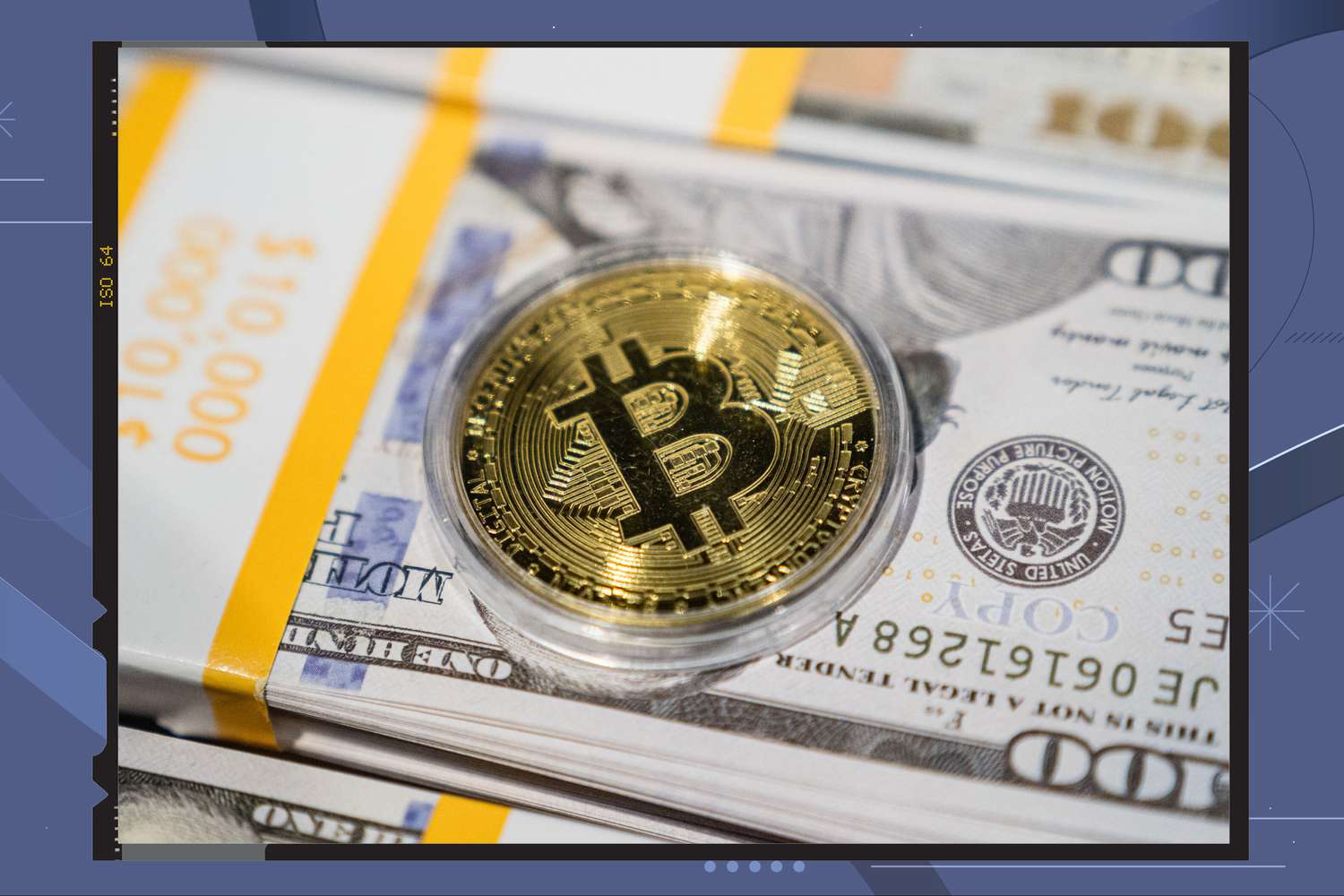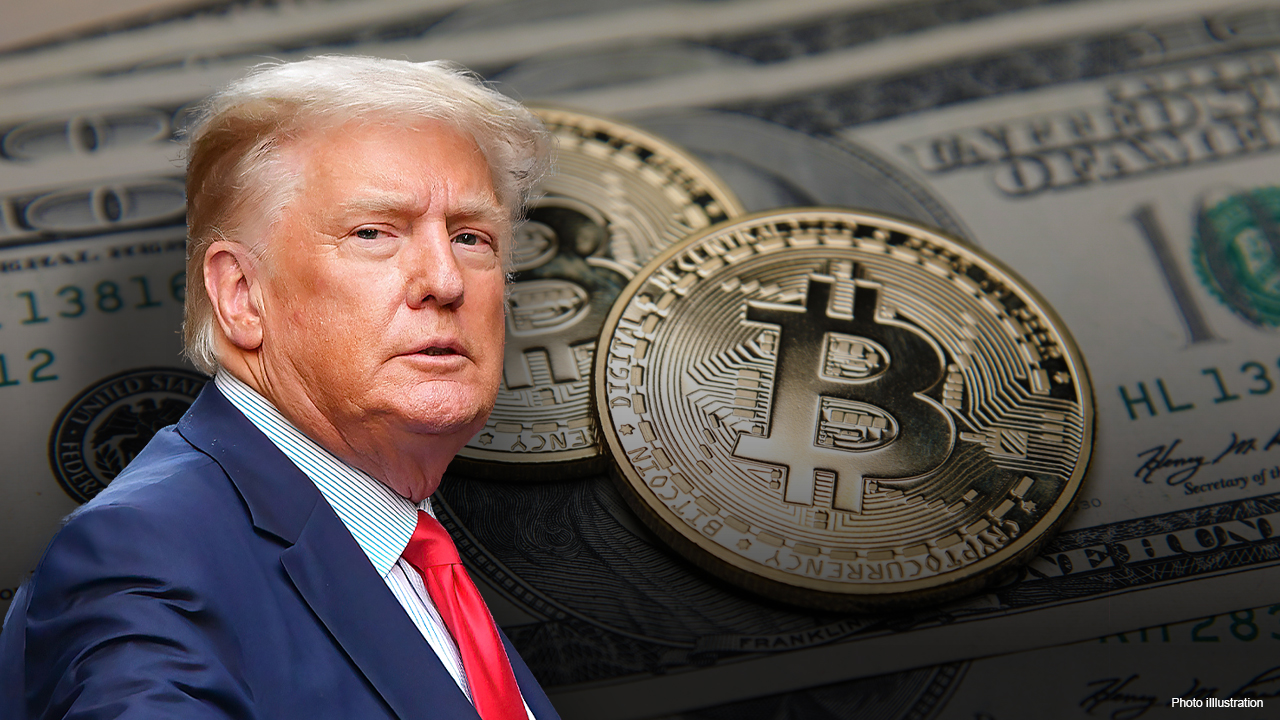
Bitcoin’s Surge: The Institutional Play Behind the Price Hike
Bitcoin is no stranger to dramatic price movements, but the latest uptick is particularly noteworthy, especially given the backdrop of economic indicators and institutional maneuvers. In the wake of the recent U.S. Consumer Price Index (CPI) announcement and a notable $1 billion outflow from Coinbase, Bitcoin’s value has reached a ten-day peak. All indicators point to a significant shift in how institutional players are moving Bitcoin around.
 Bitcoin’s price action reflects notable institutional adoption.
Bitcoin’s price action reflects notable institutional adoption.
On May 15, a staggering 16,021 BTC was withdrawn from Coinbase, providing a clear signal that something significant is happening behind the scenes. While the identity of the buyers remains a mystery, analysts from CryptoQuant suggest that this outflow likely comes from institutional actors, reinforcing that heavy-hitting entities are active in the market. The fact that this outflow represents the seventh significant withdrawal from Coinbase in just this year alone indicates a persistent trend of institutional accumulation.
The Timing of the Outflow
The timing of the withdrawal is particularly intriguing. The transfer occurred just hours before the U.S. CPI data was released, which confirmed inflation held steady at 3.4%. This type of strategic positioning suggests a highly calculated move by these institutional players. As observed in the price action, Bitcoin reacted swiftly, rallying to a value of around $64,000 shortly after the CPI figures went live.
“There is a high probability that this transaction is an institutional purchase,” a CryptoQuant analyst noted, asserting the likelihood that these moves are linked to market strategy rather than mere internal transfers.
 Institutions are increasingly active in cryptocurrency markets.
Institutions are increasingly active in cryptocurrency markets.
Institutional Behavior: A Game Changer?
The influence of institutions on Bitcoin’s market dynamics is hard to ignore. We’ve seen this trend escalate following the SEC’s approval of several Bitcoin Exchange Traded Funds (ETFs) earlier this year. The fact that Coinbase serves as the custodian for many of these ETFs only adds to the speculative nature of these transactions. As ETF-related movements continue to climb, I can’t help but wonder whether traditional investors will soon become an even more significant part of Bitcoin’s infrastructure.
Historically, Bitcoin has functioned independently, often shielded from the movements of traditional finance, but this new wave of interest from institutional players appears to be bridging that gap. The question that remains is whether Bitcoin can maintain its upward momentum, particularly in an environment where the Federal Reserve’s interest rate policies play a pivotal role.
Will Lower Interest Rates Ignite the Next Bull Run?
One of the key points of discussion among analysts is whether the Federal Reserve will cut interest rates, which many believe will trigger the next bull run for Bitcoin. Jonathan from Wealth Lines analysis projected that unless inflation dips significantly below 3%—ideally toward 2%—the Fed may not adopt a more favorable monetary policy.
The dance between inflation figures, interest rates, and Bitcoin’s price is a complex one, requiring the careful attention of traders and casual observers alike. The potential for a price surge contingent on macroeconomic shifts is an exhilarating prospect, albeit a risky one.
It’s fascinating to think about how intertwined Bitcoin’s destiny has become with traditional financial policies. As someone who loves exploring market dynamics, I can’t help but reflect on how far we’ve come. Only a few years ago, Bitcoin was still ridiculed by mainstream finance. Now, we find ourselves at a juncture where its price might hinge on decisions made in the boardrooms of central banks.
Conclusion: A New Era for Bitcoin?
As we navigate through these pivotal moments in Bitcoin’s journey, the increasing involvement of institutional players cannot be understated. Their actions influence the market significantly, and investors would be wise to consider how these dynamics may shape Bitcoin’s future. The million-dollar question is whether the allure of Bitcoin will culminate in a new era characterized by robust institutional participation.
With the global economy ever-changing, the cryptocurrency market remains a landscape full of potential, waiting for the next wave of innovations and monetary shifts to send Bitcoin soaring to new heights.
 What lies ahead for Bitcoin in the face of changing economic tides?
What lies ahead for Bitcoin in the face of changing economic tides?















